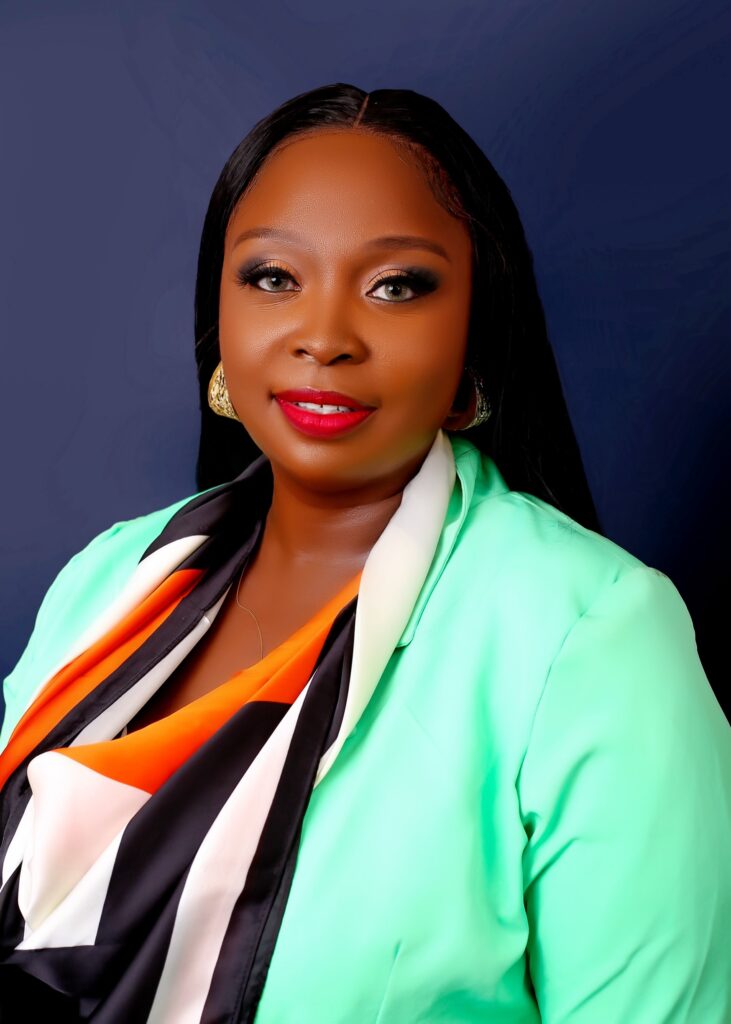The African Development Bank is mobilising more private sector investments into Africa. We supported the $24 billion LNG project in Mozambique, which will provide over $66 billion in revenue for Mozambique and make it the third largest exporter of LNG in the world. We supported the $19.5 billion Dangote Refinery Complex, which is the largest single train refinery in the world and the largest ammonia plant globally. We supported the $13 billion OCP phosphate company in Morocco, the largest phosphate fertilizer plant in the world.
Ladies and gentlemen,
A major challenge for private sector investments is risk—especially market risks, counterparty risks, exchange rate risks and political risks. To mitigate these, the African Development Bank deploys partial risk guarantees and partial credit guarantees. These are working very well and have become a significant part of our business.
For example, our EUR 195 million partial credit guarantee allowed the Republic of Benin to raise EUR 350 million from international banks and international investors, lengthening maturity from 10 to 12.5 years, at low interest at around 290 basis points below the Eurobond yield curve for similar maturities.
Our partial credit guarantee of $345 million allowed Egypt to access private capital markets, by issuing Panda bond, the first ever Panda bond issued in China by an African Sovereign. The bond issue, with 100 per cent guarantee by the African Development Bank and the Asian Infrastructure Investment Bank, won the Sovereign, Supra and Agency bond deal of the year at the 2024 Bonds, Loans and ESG Capital Markets Awards.
Partial Risk Guarantees are being used successfully to crowd in private investors into projects with governments. The Bank is using up to $800 million in partial credit guarantee to mobilise a commercial loan of $1.35 billion for financing the 6th lot of the Standard Gauge of the railways from Tanzania, DRC and Burundi, leveraging the Bank’s resources3.4 times.
Ladies and gentlemen,
A major challenge facing private sector is foreign currency exchange risk, which arises because of the mismatch between foreign currency denominated loans or equity investments and local currency earnings of companies or counterparties.
The Bank provides loans in eleven local currencies and deploys local currency products. In addition, the Bank uses a range of instruments to support local currency lending, including synthetic local currency loans and use of private sector FX hedging institutions such as TCX.
Portfolio managers of global institutional investors shy away from allocations to Africa, due to multiple reasons, the major ones being high-risk perceptions. African countries therefore suffer from high-risk premiums, with the cost of accessing capital on the continent being at least 3 times that of other emerging markets and developing regions.
This “Africa risk-premium” leads to underinvestment by the private sector in Africa.
But perception is not reality.
Moody’s Analytics conducted a 14-year survey on cumulative default rates on infrastructure loans in various regions of the world. The results show that default rate in Africa was 1.9 per cent, while default rates in North America was 6.6 per cent; Latin America, 10 per cent; Eastern Europe, 12 per cent; and Western Asia, 4.3 per cent.
To support the African Development Bank to transfer risks off from its balance sheet to private institutional investors and insurance markets, the UK’s Foreign, Commonwealth Development Office (FCDO) provided the Bank with a $2 billion guarantee, which allowed the African Development Bank to free up $2 billion in new lending to support climate finance. The UK FCDO also provided a guarantee of $1 billion to free up the same level of financing for the African Development Bank to finance just energy transition for South Africa.
The Africa Investment Forum is providing a transparent platform for investors interested in Africa to meet, assess projects, evaluate risks, seek counter risk mitigants, as well as address political risks to investors. Since the establishment of the Africa Investment Forum in 2018, it has attracted investor interests to Africa worth over $180 billion.
Ladies and gentlemen, there is no doubt that the economic prospects of Africa are strong. However, achieving them will require overcoming some significant headwinds.
At the top of this is building the resilience of the continent to climate change.
The continent loses $7–15 billion, which is expected to rise to $50 billion annually by 2030. From greater frequency and intensity of floods and droughts, no part of Africa is spared. Yet, Africa receives only 3 per cent of global climate finance, with $30 billion annually for climate adaptation, while its needs are $277 billion annually.
The African Development Bank is supporting African countries to tackle climate change. We have significantly increased the share of climate finance in our annual lending from 9 per cent in 2016 to 55 per cent last year. The Bank is implementing a $25 billion initiative, the African Adaptation Acceleration Program—the largest climate adaptation program in the world—in partnership with the Global Center on Adaptation.
Another headwind is rising debt levels, with 22 countries at the risk of high debt distress.
This is especially the case as concessional financing globally has declined, with more countries depending on private commercial creditors and the Eurobond market. With Africa’s debt service payments of $74 billion due this year, up from $17 billion in 2010, urgent actions are needed on comprehensive debt treatment and resolution for Africa.
Ladies and gentlemen, to address these headwinds, Africa will need significantly more financial resources and for that, the reform of the global financial architecture is critical.
Action is needed in five areas.
First, the G20 Common Framework on debt treatment needs to deliver much faster debt resolution for countries, to avoid a similar the “lost decade” that Africa experienced in the 1990s.
Second, the global financial architecture needs to deliver greater concessional financing for Africa. This is critical to reverse the dependence on commercial debt for development. The African Development Fund, which supports Africa’s 37 low-income countries, will need at least $25 billion for its 17th replenishment to be bolder, bigger and effective in providing much needed concessional financing for countries.
Third, the global financing system must deliver more for Africa and avoid economic divergences that slowdown economic recovery of the continent in cases of global shocks. This disparity in access to financing was evident during the Covid-19 pandemic, when developed countries provided fiscal stimulus of $19 trillion to their economies (18 per cent of global GDP), while Africa was able to provide only $85 billion (4.5 per cent of its GDP).
The African Development Bank is developing an African Financial Stability Mechanism to better shield African economies from liquidity shocks and build economic resilience.
Fourth, the global contingent financing system must deliver more for Africa. The $650 billion Special Drawing Rights (SDRs) issued by the IMF allocated only $33 billion to Africa—or 4.5 per cent—the continent with the greatest need.
The recent approval of the IMF Board for the use of SDRs for hybrid capital, as per the framework developed by the African Development Bank and the Inter-American Development Bank, is a very positive development. The approved $20 billion SDR rechanneling for hybrid capital can be leveraged four times by the African Development Bank, Inter-American Development Bank and others to deliver at least $80 billion of additional financing for Africa and other regions.
Fifth, African countries need fairer access to global capital markets to reduce liquidity pressures and lower debt service payments. Fairer credit ratings for African countries can save at least $75 billion annually in debt service payments, according to the United Nations Development Program.
Ladies and gentlemen, the trajectory for Africa will be much stronger as we tackle these challenges, as well as improve security, and expand more concessional financing and private sector financing.
At the end of the day, what will make the most difference is the mobilisation of domestic resources. This will require continued strong macroeconomic and fiscal management, expanding tax revenues, reducing corruption and illicit capital flows, improving public financial management, and unlocking the huge natural capital wealth of Africa estimated at over $6.8 trillion.
Ladies and gentlemen,The Africa we want is within reach. We are making good progress. With strong political will, global partnerships and regional cooperation, Africa will emerge as the pivotal continent. An Africa critical to the future of the world. An Africa, thriving, peaceful and prosperous. It is a vision Africa deserves. It is a vision we must do all to achieve.
Concluded.
Dr Adesina, President and Chairman of the Boards of Directors African Development Bank Group delivered this as Keynote address at Chatham House, London recently.













